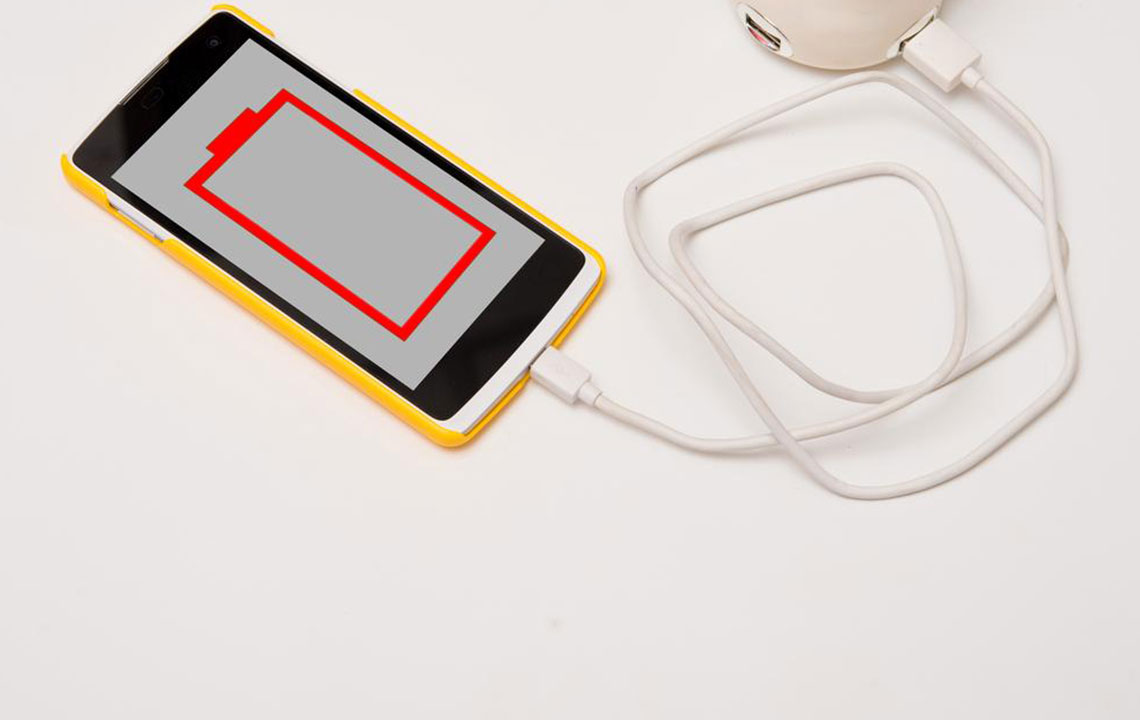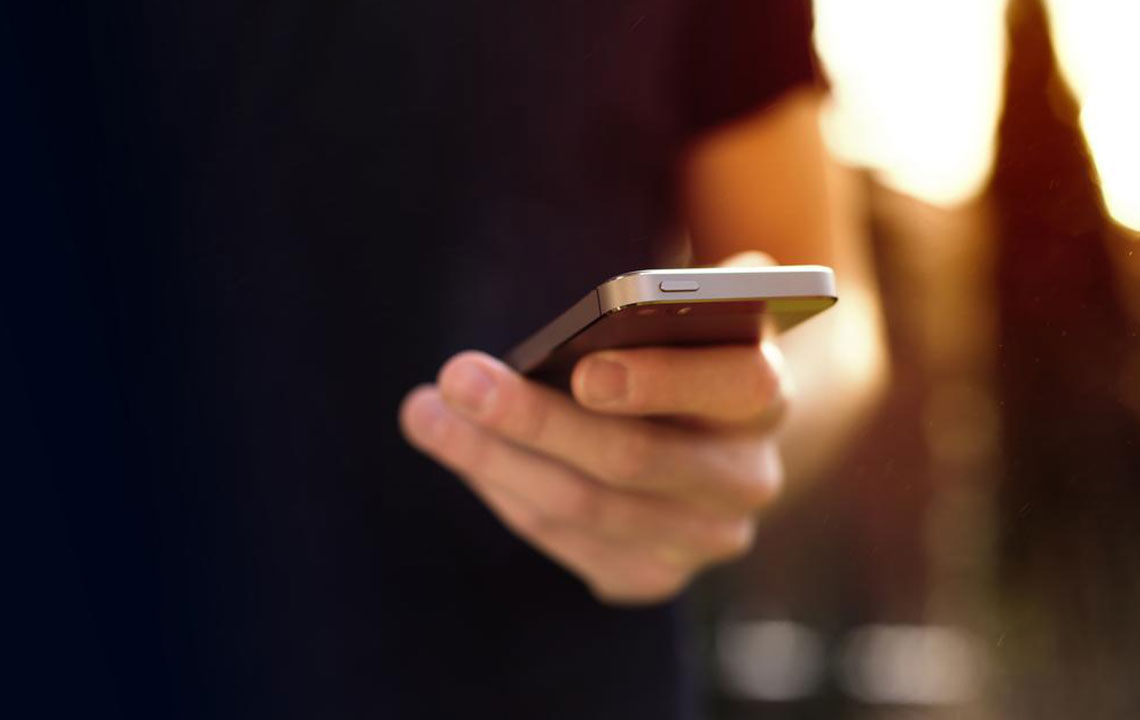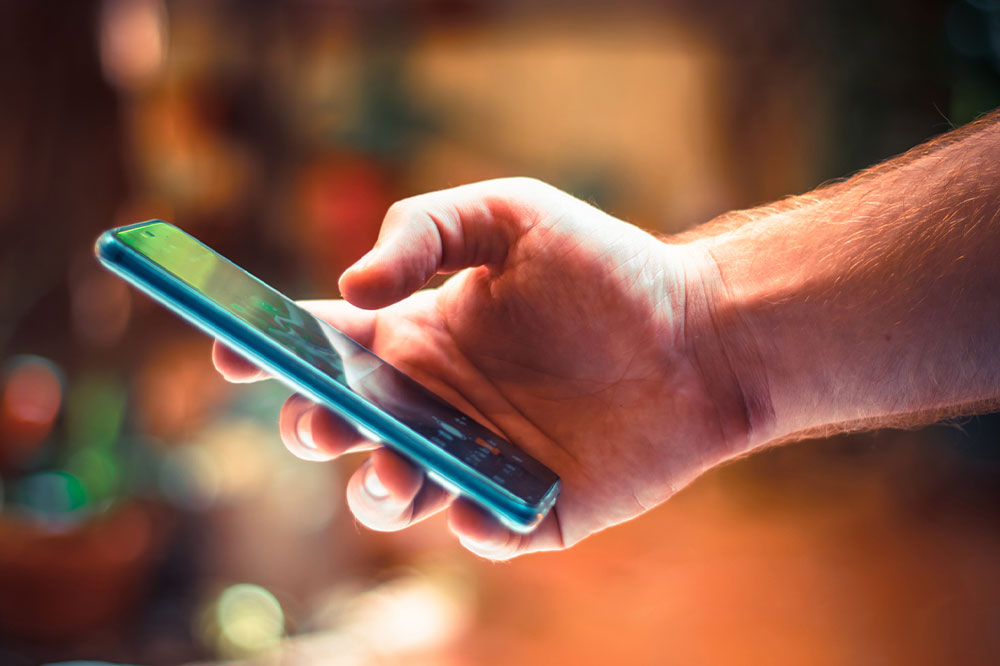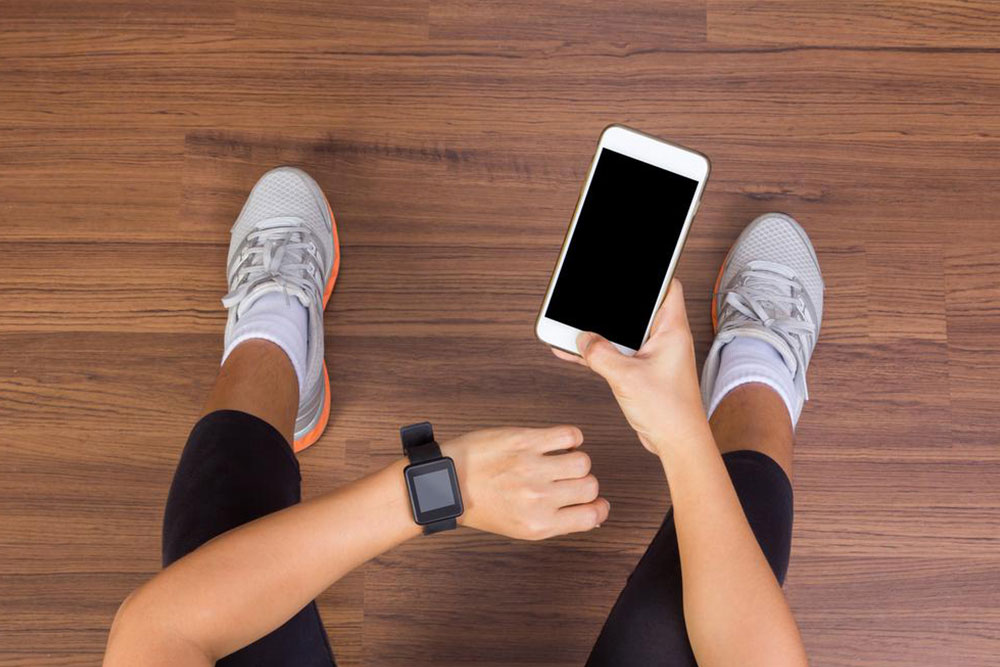Comprehensive Guide to the Lifeline Assistance Program and Free Mobile Phones
Learn about the Lifeline Assistance Program, also known as the 'Obama phone,' a vital government initiative providing free smartphones and connectivity services to low-income Americans. Discover its goals, benefits, participating providers, and how it helps millions stay connected, access healthcare, and improve employment prospects. This comprehensive guide explains eligibility criteria and the program's impact on bridging the digital divide, ensuring underserved populations can fully participate in the digital age.

An In-Depth Look at the Lifeline Assistance Program and Free Mobile Devices
The term "Obama phone" is often misunderstood as referring to a specific device endorsed by a former U.S. President. In reality, it is a colloquial nickname for a government initiative designed to provide free or subsidized mobile phones to eligible low-income individuals. This program aims to bridge the digital divide by improving access to communication services for those who need it most. But what exactly does this program entail, how does it work, and what benefits does it offer to its users? This article explores the extensive details of the Lifeline Assistance Program, its history, participants, eligibility criteria, and the ways it impacts millions of Americans daily.
Understanding the Lifeline Assistance Program: An Essential Lifeline for Low-Income Americans
The Lifeline Assistance Program is a federal initiative launched by the Federal Communications Commission (FCC) in partnership with various private telecommunications providers. Established in 1985 and expanded significantly during the Obama administration, this program's primary goal is to make telecommunications services more accessible and affordable for individuals and families with limited financial resources. Over the years, the program has evolved to include not just basic voice calling and texting but also data services, enabling users to stay connected via the internet, which is crucial in today’s digital world.
Initially, the program provided free or heavily discounted landline phones. However, with technological advances, the focus shifted towards wireless smartphones and data plans, reflecting the modern demand for mobile connectivity. This shift earned the nickname "Obama phone" because of the program's rapid growth during President Barack Obama's term in office. The program now boasts over 20 million participants and continues to grow as awareness and eligibility expand.
Core Goals and Benefits of the Lifeline Program
Facilitating Employment and Self-Sufficiency: Access to a mobile phone allows unemployed or underemployed individuals to search for jobs, communicate with potential employers, and participate in remote work opportunities. It reduces barriers to employment and helps recipients become more self-sufficient.
Enhancing Healthcare Access: With a mobile device, users can connect with healthcare providers, schedule appointments, receive health-related alerts, and access telemedicine services, which lowers medical costs and improves health outcomes.
Emergency Communication: One of the critical benefits is that program participants can reach emergency services instantly, which is vital in urgent situations, especially for vulnerable populations such as seniors or individuals with health issues.
Staying Connected with Families: The program helps families maintain contact across distances, supporting social well-being and emotional stability, particularly for individuals separated from loved ones due to work or other circumstances.
Participating Providers and Coverage
Numerous regional and national telecommunications companies participate in the Lifeline program, each operating within specific territories. These providers include specialized entities created explicitly to serve low-income communities, such as I-Wireless, Cintex Wireless, Assist Wireless, StandUp Wireless, YourTel Wireless, Budget Mobile, Terracom Wireless, and Tag Mobile. Larger national carriers with extensive coverage include Assurance Wireless, Safelink Wireless, and ReachOut Wireless. These providers offer various models of plans, often including free devices, calling minutes, texts, and data packages.
Eligibility for the Lifeline program varies by state but generally hinges on income levels—typically at or below 135% of the Federal Poverty Guidelines—or participation in other federal assistance programs like Medicaid, Supplemental Nutrition Assistance Program (SNAP), or Supplemental Security Income (SSI). Each state may have unique eligibility criteria, so applicants should verify specific requirements locally. As of now, the program has successfully enrolled over 20 million Americans, with ongoing efforts to enroll even more individuals as awareness continues to grow through outreach campaigns and community partnerships.
In conclusion, the Lifeline Assistance Program is a vital resource that provides underserved Americans with affordable access to essential communication tools. Its impact stretches beyond simple phone service—empowering users to seek jobs, access healthcare, and stay connected with loved ones. With continually expanding data offerings and a broad network of participating providers, the program remains a cornerstone in efforts to bridge the digital divide and promote social and economic inclusion across the United States.





